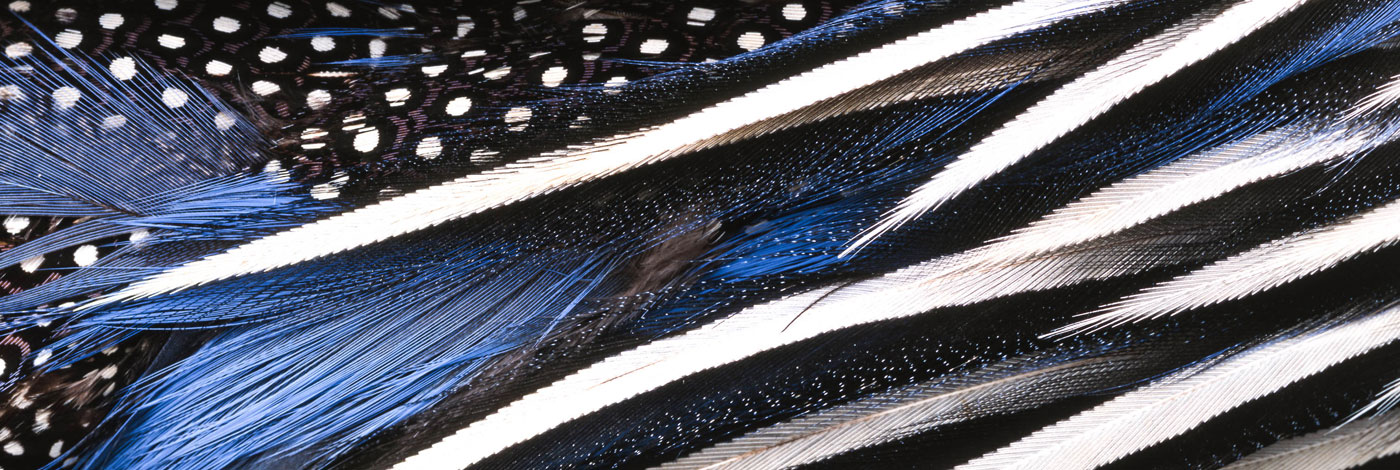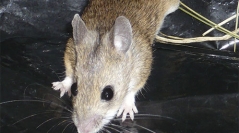

 Zoosystema
37 (4) - Pages 571-580
Zoosystema
37 (4) - Pages 571-580Intensive livestock grazing is a major force in shaping ecosystems, especially where topography and soil features preclude other farmland practices. In subalpine landscapes, it may be the main disturbance agent. Nevertheless, information on the impact on some species, especially mammals, is lacking. Here, we investigate whether the abundance of rodents in subalpine grasslands of the Alps is related to the intensity of livestock grazing, determined according to the dominant pastoral types. Using Generalized Linear Models, we compared a site intensively grazed until recently (“formerly intensively grazed area”, Dactylis glomerata L. pastoral type), with an area that experienced little or no grazing in past decades (“lightly grazed area”, Carex sempervirens Vill. pastoral type). Data were collected during three trapping sessions during summer 2011, using a sampling design based on small trapping plots. Rodents (Apodemus spp. and Eliomys quercinus Linnaeus, 1766) were mainly trapped in the lightly grazed area. They were almost absent in the formerly intensively grazed area, where tall-herbs and megaforb locally prevail over other grassland species. Our results suggest that the abundance of rodents in grasslands is influenced by grazing history. Even adaptable rodents like Apodemus spp. are rare in the formerly intensively grazed site, despite its suitable vegetation cover. This result should encourage natural resource managers to carefully consider and act on the spatial distribution of grazing pressure.
Alps, Apodemus, Eliomys quercinus, grazing intensity, live trapping, vegetation structure.